ruger lcr 9mm
The Ruger LCR 9mm is a modern, lightweight revolver designed for concealed carry and personal defense. As part of Ruger’s highly regarded Lightweight Compact Revolver (LCR) series, the 9mm variant stands out due to its powerful chambering, innovative materials, and sboth trigger system. Offering the stopping power of a semi-automatic pistol in a compact revolver platform, the Ruger LCR 9mm is a top choice for those who seek reliability, ease of carry, and accuracy in a defensive firearm.
This in-depth guide will explore every aspect of the Ruger LCR 9mm, from its design and construction to performance, handling, how it works, and real-world applications. By the end of this article, you’ll have a comprehensive understanding of why this revolver is a standout choice for both experienced shooters and newcomers looking for an effective self-defense firearm.
History and Development of the Ruger LCR Series
The Ruger LCR (Lightweight Compact Revolver) series was first introduced in 2009 as an innovative step forward in revolver technology. Unlike traditional revolvers, which are primarily made from steel or aluminum, the LCR series incorporates a polymer fire-control housing, significantly reducing weight while maintaining durability.
Originally chambered in .38 Special, Ruger later expanded the lineup to include various calibers, including .22 LR, .22 Magnum, .357 Magnum, and 9mm Luger. The 9mm variant was designed to provide users with the benefits of a widely available and affordable cartridge in a compact and reliable revolver format.
Design and Construction
The Ruger LCR 9mm stands out due to its unique combination of materials and engineering, making it one of the most innovative revolvers on the market.
1. Polymer Fire-Control Housing
One of the defining features of the Ruger LCR series is its high-strength polymer fire-control housing. This polymer frame is not only lightweight but also extremely durable, reducing the overall weight of the firearm while providing excellent shock absorption and recoil management.
2. Monolithic Aluminum Frame
The frame of the LCR 9mm is made from aircraft-grade aluminum, ensuring both strength and lightness. The aluminum construction keeps the revolver durable without adding unnecessary weight, making it easier to carry for extended periods.
3. Stainless-Steel Cylinder
The cylinder is made from stainless steel and features a PVD (Physical Vapor Deposition) coating to resist corrosion and wear. The fluted design of the cylinder helps reduce weight without sacrificing strength, ensuring that the revolver remains balanced and easy to handle.
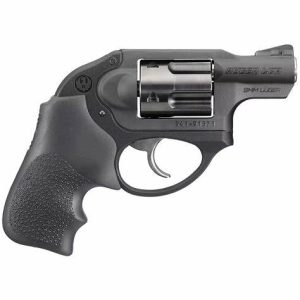
4. Friction-Reducing Cam System
One of the biggest advantages of the LCR 9mm is its smooth trigger pull. Ruger’s patented friction-reducing cam system provides a non-stacking, smooth trigger pull, enhancing accuracy and control. Unlike many traditional double-action revolvers, which have heavy and inconsistent trigger pulls, the LCR 9mm offers a much-improved shooting experience.
5. Grip and Ergonomics
The Hogue Tamer Monogrip on the LCR 9mm provides a secure and comfortable hold, absorbing recoil and ensuring better control during firing. This grip is particularly beneficial for those who may find recoil difficult to manage in small-frame revolvers.
How the Ruger LCR 9mm Works
The Ruger LCR 9mm operates using a traditional double-action-only (DAO) revolver mechanism with some modern enhancements. Here’s how it functions:
1. Loading the Revolver
- Unlike most revolvers, the LCR 9mm does not use a rimmed cartridge. Instead, it relies on moon clips to hold the 9mm rounds in place.
- The moon clips ensure proper headspacing and facilitate easy ejection of spent casings.
- To load, the user inserts a fully loaded moon clip into the five-round cylinder.
2. Firing Mechanism
- The Ruger LCR 9mm operates in double-action-only (DAO) mode, meaning each trigger pull both cocks and releases the hammer in a single motion.
- As the shooter pulls the trigger, the internal hammer rotates the cylinder, aligning the next round with the barrel.
- The friction-reducing cam system provides a smooth, consistent trigger pull, minimizing shooter fatigue and improving accuracy.
3. Ignition and Bullet Propulsion
- When the trigger reaches its full rearward position, the hammer releases and strikes the firing pin.
- The firing pin ignites the 9mm cartridge’s primer, which in turn ignites the gunpowder.
- The expanding gases propel the bullet through the barrel at high velocity.
4. Ejecting Spent Casings
- Once all five rounds are fired, the shooter opens the cylinder using the cylinder release latch.
- The ejector rod pushes out all spent casings simultaneously due to the moon clip.
- A fresh moon clip loaded with new rounds can then be inserted for rapid reloading.
5. Safety Features
- The internal hammer reduces the risk of accidental discharge, as it remains fully enclosed.
- The revolver lacks an external safety, relying instead on the long and deliberate trigger pull to prevent unintended firing.
Performance and Handling
The Ruger LCR 9mm is designed for personal defense, and its performance in various scenarios makes it a reliable option for concealed carriers and home defenders alike.
1. Caliber and Stopping Power
The 9mm Luger round is one of the most popular and effective self-defense cartridges. Compared to smaller calibers such as .380 ACP or .22 LR, the 9mm offers greater stopping power, higher velocity, and better penetration.
2. Recoil Management
Despite being chambered in 9mm, the LCR is designed to manage recoil effectively. The combination of the polymer fire-control housing, ergonomic grip, and friction-reducing cam system ensures that recoil is not excessive, allowing for quick follow-up shots.
3. Accuracy and Sights
The LCR 9mm features a pinned front sight with a ramped design, allowing for quick target acquisition. The rear sight is an integral U-notch, providing a simple yet effective sight picture. While the sights are not adjustable, they are well-suited for the revolver’s intended purpose—close-range self-defense.
4. Reliability
Revolvers are known for their inherent reliability, and the LCR 9mm is no exception. Unlike semi-automatic pistols, which can experience failures such as jams or misfeeds, a revolver operates mechanically, making it more dependable in high-stress situations.


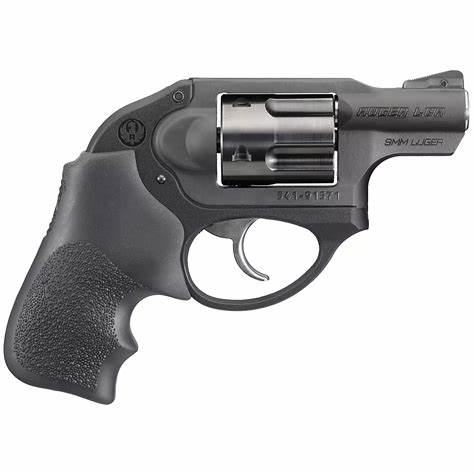
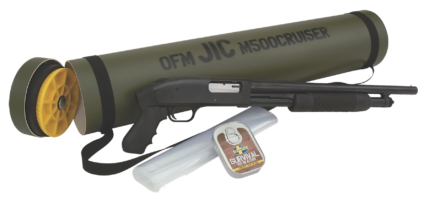
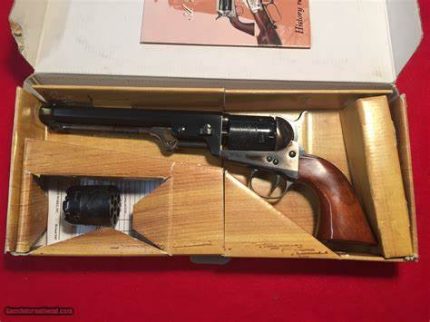


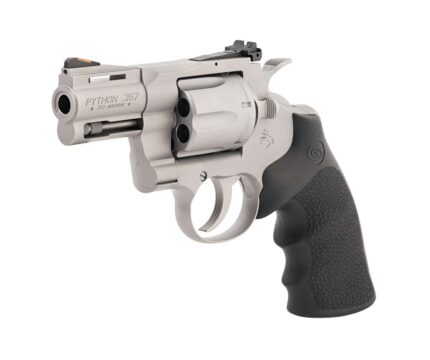
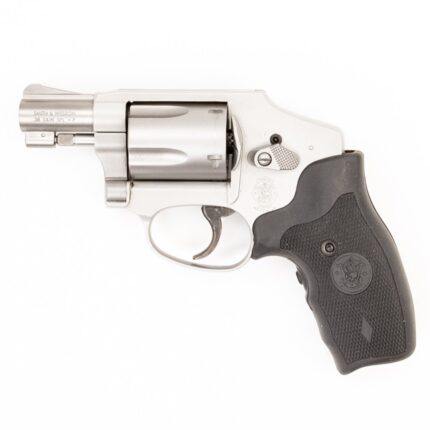
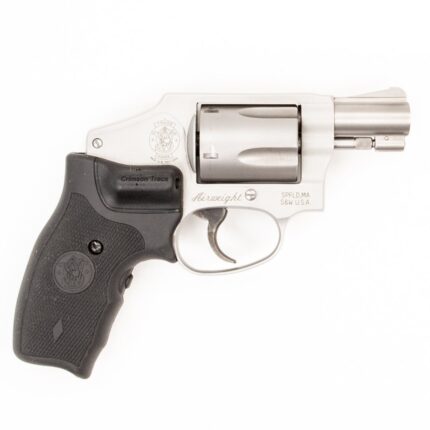
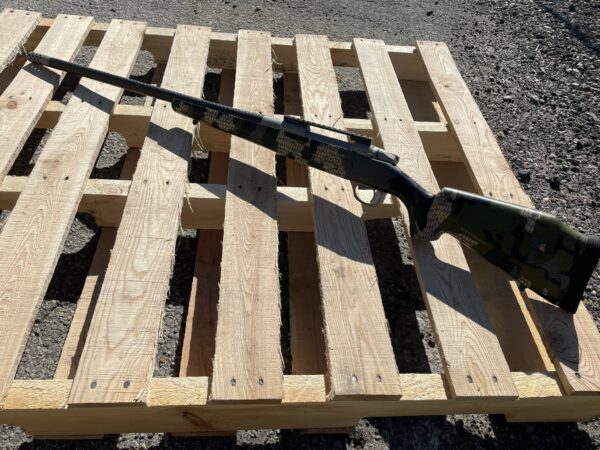
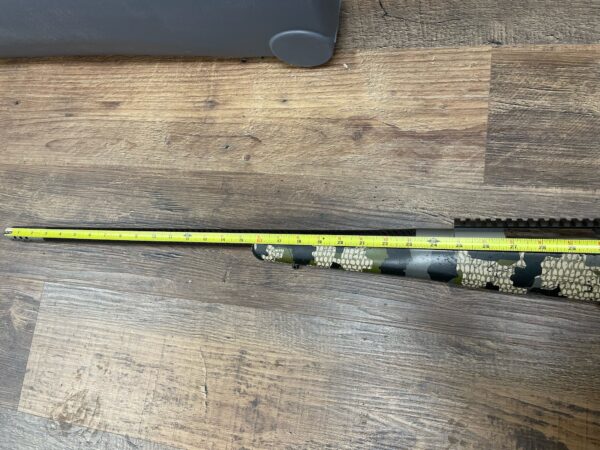


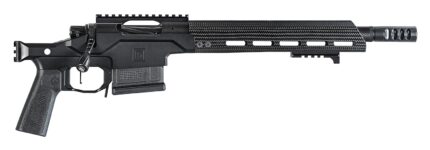


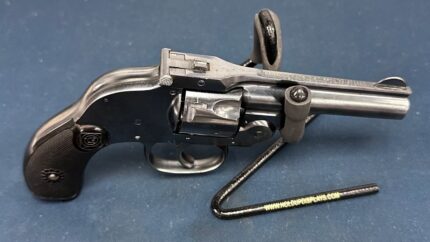
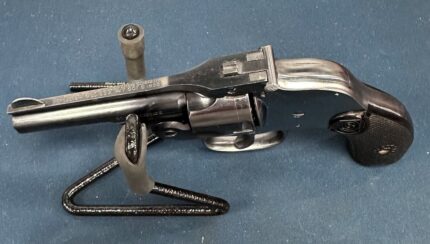
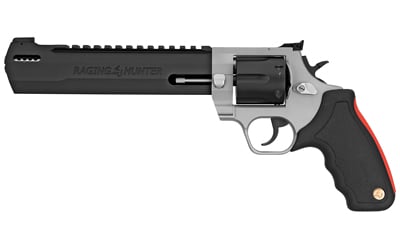
Reviews
There are no reviews yet.